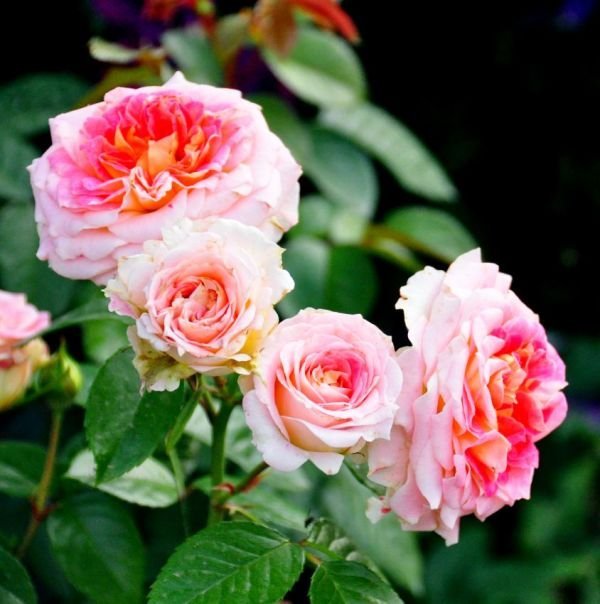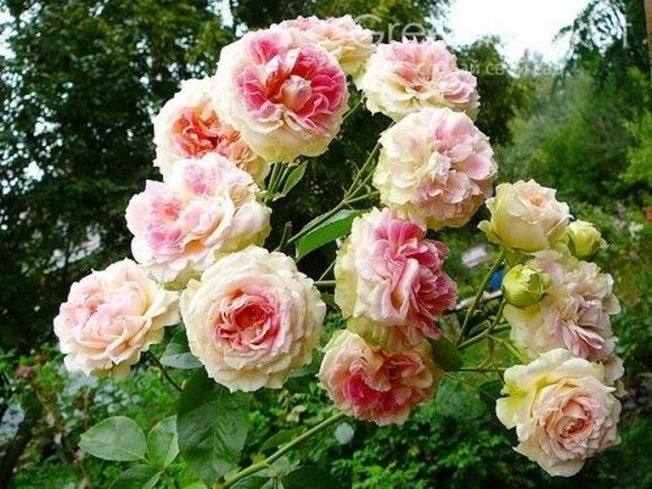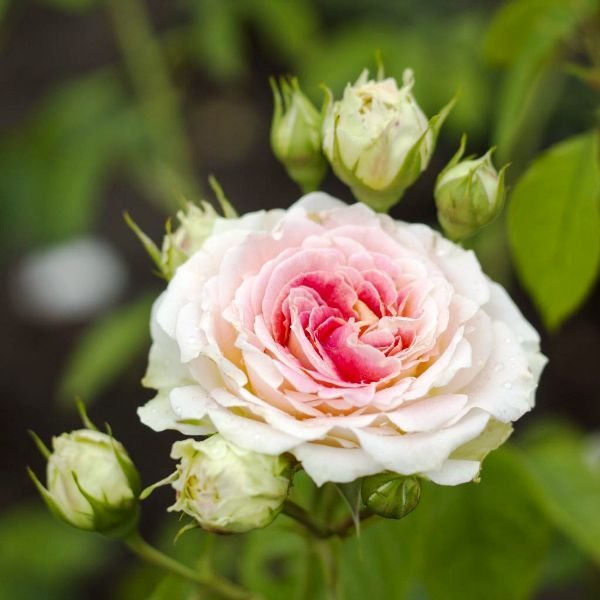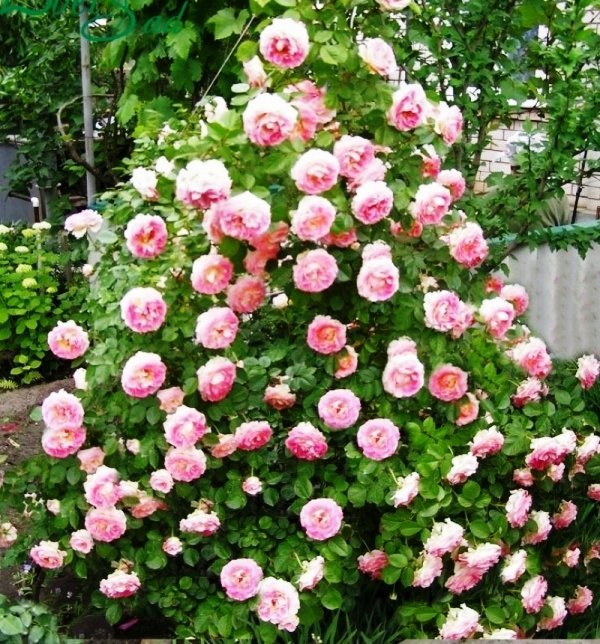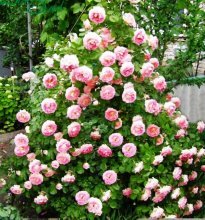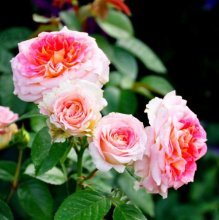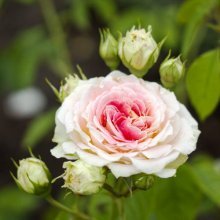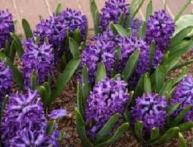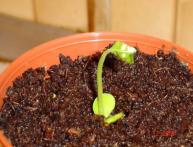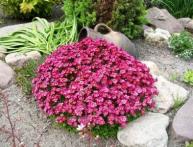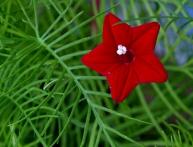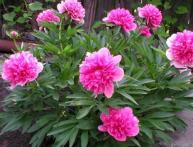Rose Caesar, description, photo, characteristics and characteristics of the variety, rules of planting and care

Rose is a symbol of love, tenderness and beauty. It is not surprising that the Caesar rose is the most romantic flower.
Content:
- How the variety was created
- Rose Caesar: photo and description
- Plant characteristics, pros and cons
- When and how to plant
- Features of care
- Application in landscape design
- Reviews of the climbing rose Julius Caesar
How the variety was created
The variety was bred back in the 90s by French breeders from the popular Meillanov company, which specializes in creating new varieties of roses.
This company has produced more than a hundred varieties and hybrids.
The company still supplies seedlings to most European countries and transports them to Australia and America.
Relatively young, this variety gained popularity, which it has not lost to this day. Withdrawn the variety belongs to the climbing variety and for growing it requires special supports.
Rose Caesar: photo and description
Because rosebuds bloom very slowly, Caesar looks impressive in landscape design.
So from the moment the bud forms until it blooms and completely withers, at least 12-14 days pass.
Other characteristic features of the shrub include:
- It reaches a height of 2 m, a diameter of 3 m, the average length of shoots reaches several meters;
- The foliage has a rich dark green hue;
- On one shoot, five buds bloom, each 7 cm in diameter;
- The buds are lush with double petals. One bud contains up to 200 petals, painted in two colors. The petals are deep pink in the center and slightly wavy at the edges. The petals on the outer edge are white with a barely noticeable pinkish tint;
- Caesar has double flowering. The buds first bloom in late May and last until June. After this, flowers appear again in early August and are pleasing to the eye until the beginning of autumn.
On the Internet you can find a huge number of photographs of this variety, which is highly decorative.
So abundant flowering on a spreading bush cannot but please the eye.
Let's watch an interesting video about the Caesar rose:
Plant characteristics, pros and cons
Like many other varieties, Caesar has many advantages.
The advantages of these shrubs include:
- Two waves of abundant flowering;
- Long blooming of lush buds;
- A large number of buds on each shoot;
- The general decorative appearance of the shrub during rose flowering;
- In addition to its remarkable appearance, it has a sweet aroma;
- It tolerates transportation well; the petals do not fall off for a long time and remain on the stem without losing freshness.
However, along with its advantages, the variety also has a number of disadvantages. The main gardeners include:
- Low frost resistance, does not tolerate cold winds. That is why the variety is not suitable for growing in northern regions. A climate similar to that of France is considered optimal for cultivation;
- Does not tolerate prolonged rains, which have a bad effect on flowering;
- In rainy weather it becomes especially susceptible to various fungal infections.
Caesar roses are a fairly delicate plant that requires special care. However, this does not mean that its disadvantages outweigh its advantages.
When and how to plant
When planting, it is important to take into account a number of nuances so that the plants feel comfortable.
These include:
- When planting, the distance between the holes should be at least 3 m, since the shrub grows very quickly;
- Since the variety does not tolerate cold weather well, the area for roses should be well lit and protected from drafts;
- Since roses do not tolerate stagnation of water in the soil, it is better to grow it at higher elevations, avoiding low-lying places and areas where groundwater approaches the surface more than one and a half meters;
- When planting, it is important to consider that the acidity level should be close to neutral. If the soil is saline, it is worth adding lime when digging in the fall. In the case of soil with high alkalinity, it is recommended to add peat, and in clayey soil - humus and coarse sand.
Since this is a fairly delicate plant, it is better to plant it in the spring so that the roses have time to get stronger before the frost period. If all planting rules are followed, the shrub will soon begin to grow.
Features of care
After disembarkation it is important pay attention to rose care.
So it’s worth paying attention to the following points:
- During flowering, do not forget to place supports under the shoots so that they do not break;
- Fertilizing - in the spring it is recommended to apply nitrogen-containing fertilizers, during the flowering period complex mineral fertilizers with potassium and phosphorus;
- Pruning - After flowering is complete, it is important to remove dry buds and damaged branches from the branches.In addition, it is worth cutting off those shoots that are more than three years old. By this age, the branches continue to receive nutrition from the root, without forming flowers;
- Preparation for winter is especially important, since Caesar does not tolerate frost well, the bush needs shelter. To do this, it is recommended to remove the shoots from the supports and carefully bend them to the ground, securing them with staples. To prevent them from freezing, spruce wood is sprinkled on top of the shoots.
Proper care of roses is the key to long and lush flowering. If events are carried out correctly, Caesar will delight gardeners for many years.
Let's watch a video about the rules of caring for climbing roses:
Application in landscape design
The high decorative value of the variety has led to its widespread use in landscape design. In fact, Caesar was created specifically for the design of park ensembles and fences.
Due to the fact that Caesar climbs very beautifully, it is used to decorate hedges. In addition, the variety is used to decorate many wedding locations.
Reviews of the climbing rose Julius Caesar
Among the mass of user reviews, positive ones predominate. Many people note the abundance of flowering, the subtle sweet aroma and the amazing beauty of the shrub.
However, among the positive reviews there are also negative ones. Some gardeners were disappointed by the plant's lack of frost resistance and tenderness.
However, this is a fairly heat-loving plant, not intended for growing in cold climates. If the rules are followed, there simply cannot be any reason for negative reviews.

